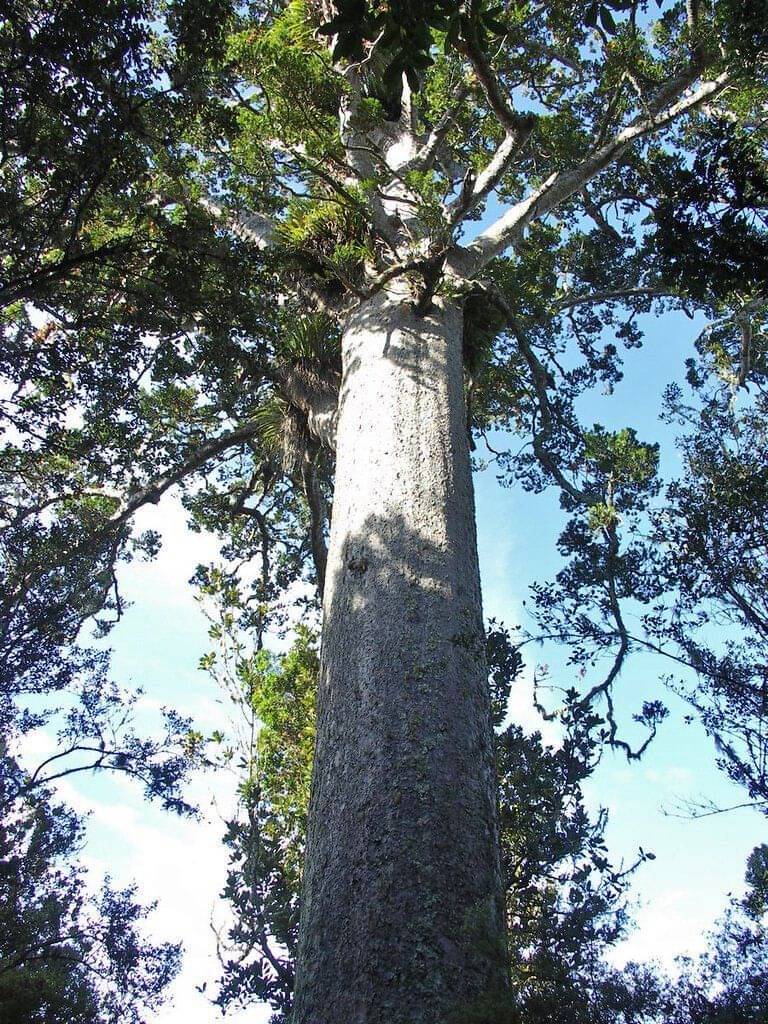Care for your kauri

If you have kauri trees at home, how can you protect them from kauri dieback?
Kauri is one of the world’s largest and oldest tree species. Mature kauri trees, often more than 50m tall and 13m in girth, can live for well over 1,000 years.
Large kauri trees shelter surrounding species, which is why Māori refer to kauri trees as Te Whakaruruhau (the great protector of the forest).
This iconic tree plays a vital part in our ecosystem – 17 other species are dependent on kauri, including korokio (corokia buddleioides).
Kauri trees are currently classed as threatened, primarily due to kauri dieback disease (caused by Phytophthora agathidicida).
What is kauri dieback disease?
Kauri dieback is caused by a soil-borne pathogen (Phytophthora agathidicida) that’s moved around by soil disturbance by people and animals, as well as by water. When the pathogen infects a kauri tree, it damages the root system and invades the trunk of the tree, which prevents the tree from properly absorbing water and nutrients, slowly killing the tree.
An Auckland Council survey in 2016 showed that around 19% of kauri trees in the Waitākere Ranges were showing symptoms of kauri dieback disease and 58% of the larger kauri ecosystem areas (areas greater than 5 hectares) were infected. This is concerning, as the Waitākere Ranges is one of the last remaining pockets of kauri forest in New Zealand, following the huge destruction and felling of kauri trees during the settler period.
Kauri is a keystone species, so kauri dieback isn’t just a threat to one tree – it’s a threat to our entire ecosystem. The extinction of kauri would have an impact on many other species.
How can I tell if I have kauri trees on my property?
If you think you might have a kauri tree on your property but you need some help identifying it, head to New Zealand Plant Conservation Network’s kauri page. This page features 24 images of kauri, including close-up photos of the leaves, cones and bark.
What can I do to protect kauri on my property?
If you have kauri trees at your place, there are a few things you can do to protect them from kauri dieback, as outlined in the National Kauri Protection Programme’s Kauri Care Guide.
For advice on keeping your kauri trees healthy and what to do if you’re concerned about the health of your kauri, get in touch with Kauri Rescue or contact the Auckland Council’s kauri dieback team on kauri@aucklandcouncil.govt.nz.
Image credits: "Kereru Takeoff" by Kathrin & Stefan Marks via Flickr • "Kauri" by John Bryden via Flickr
